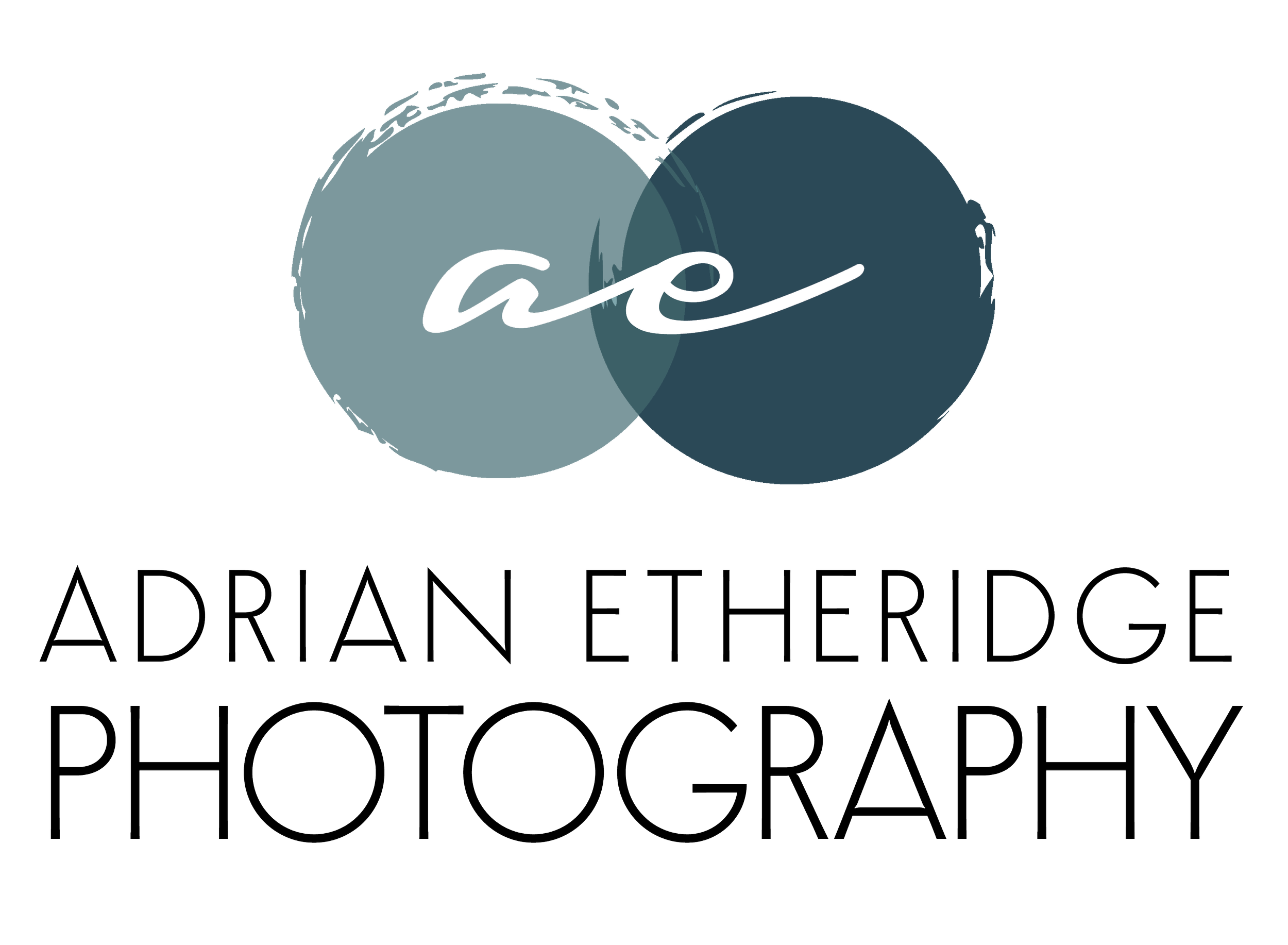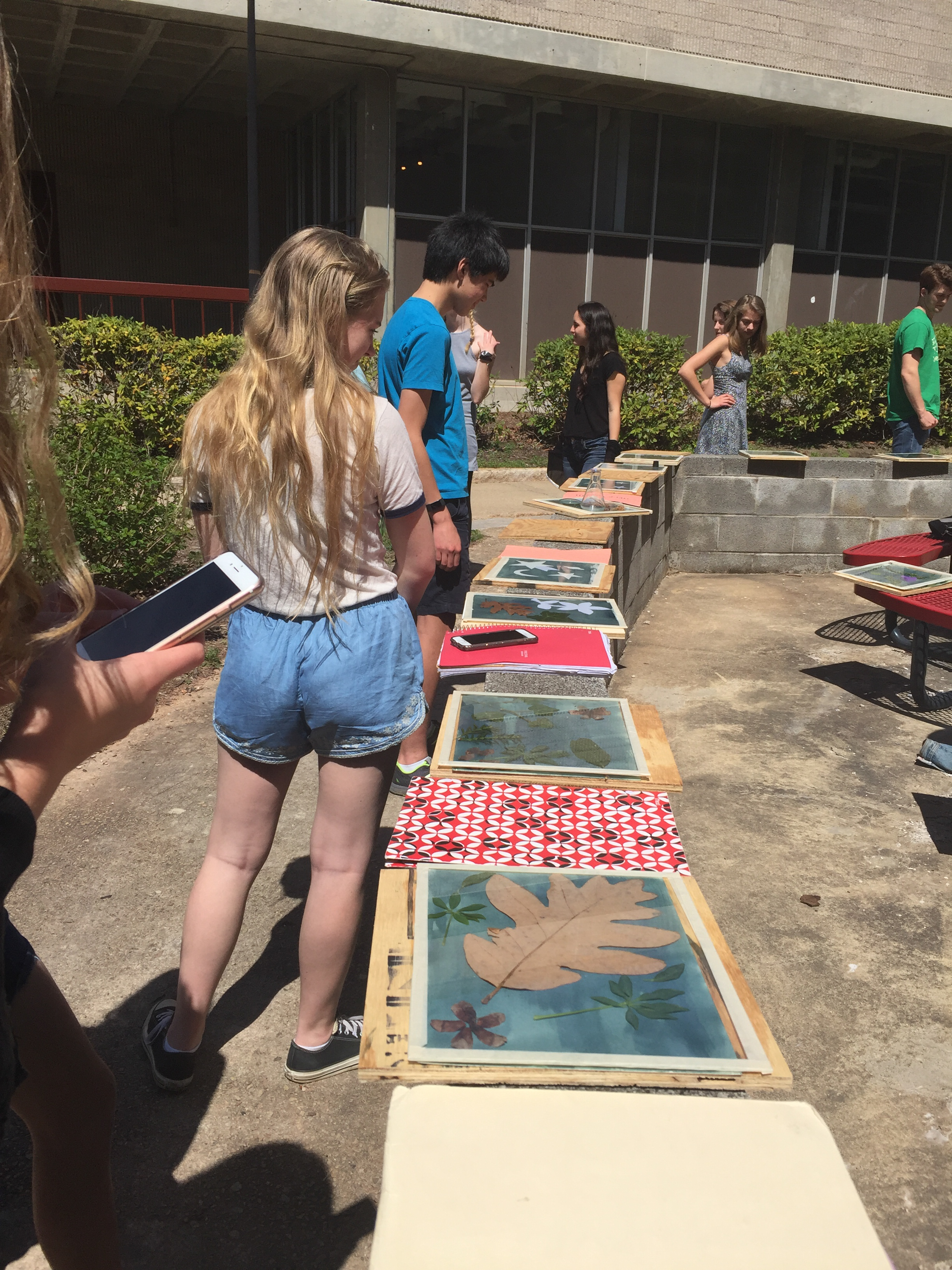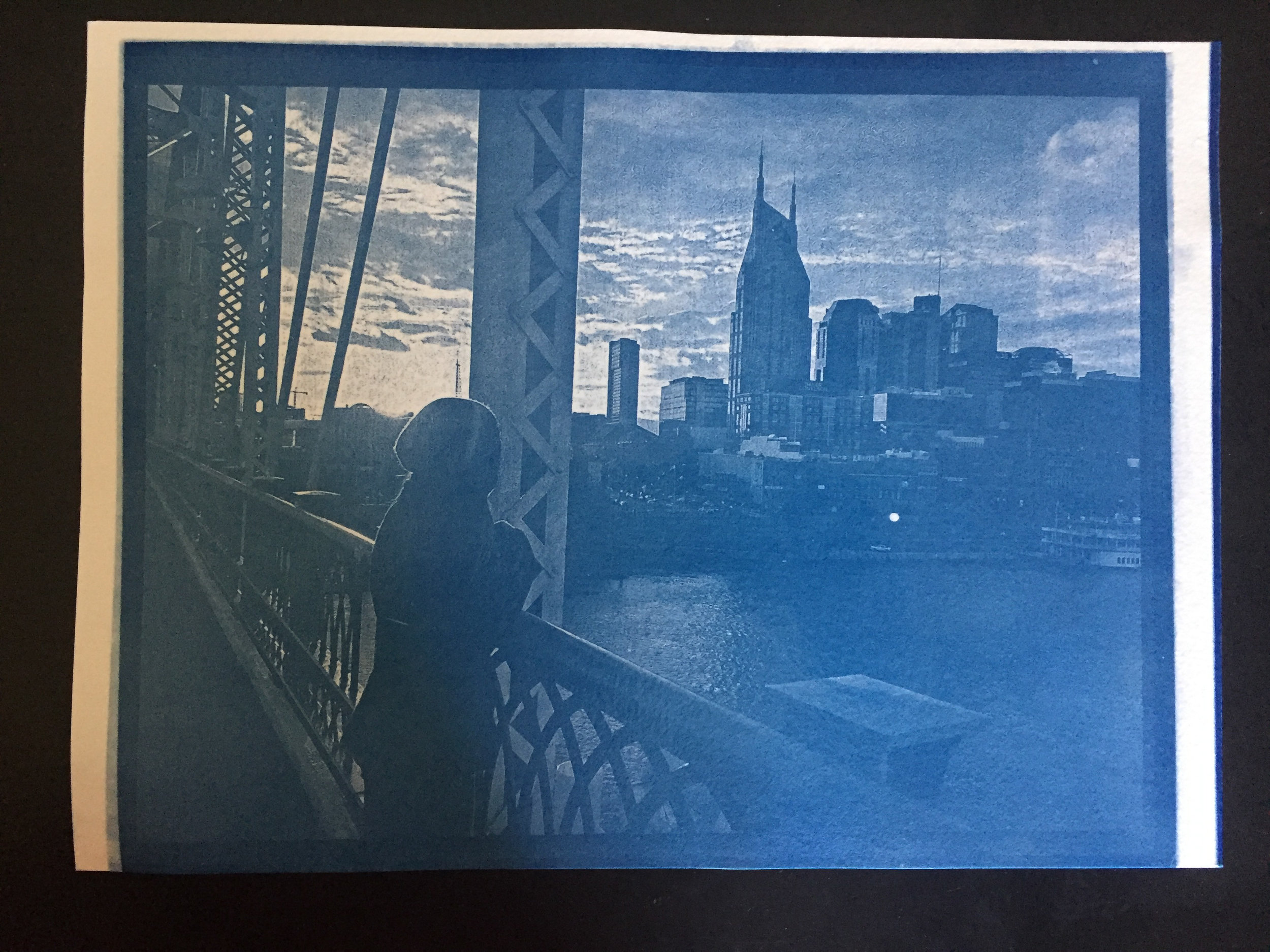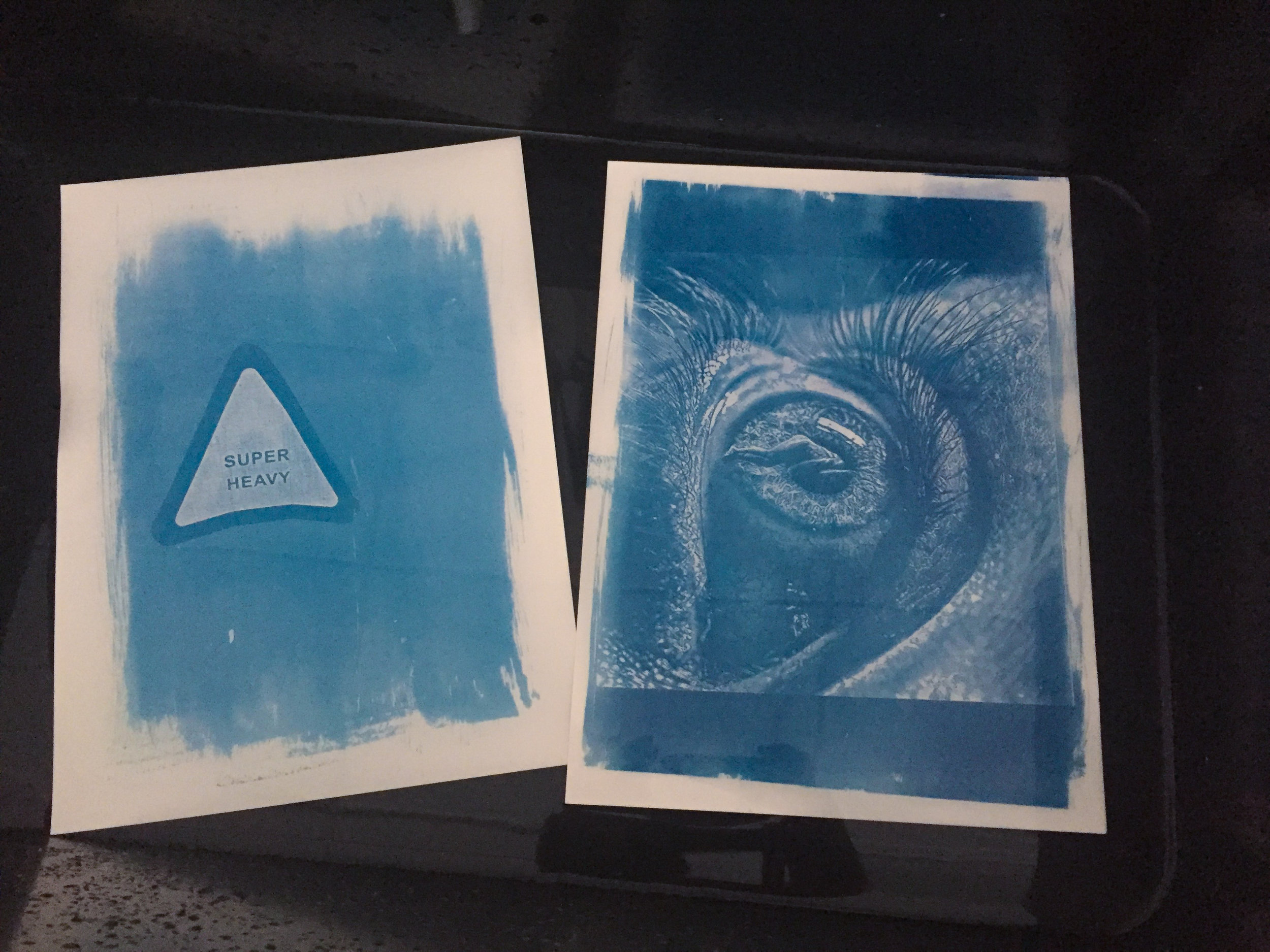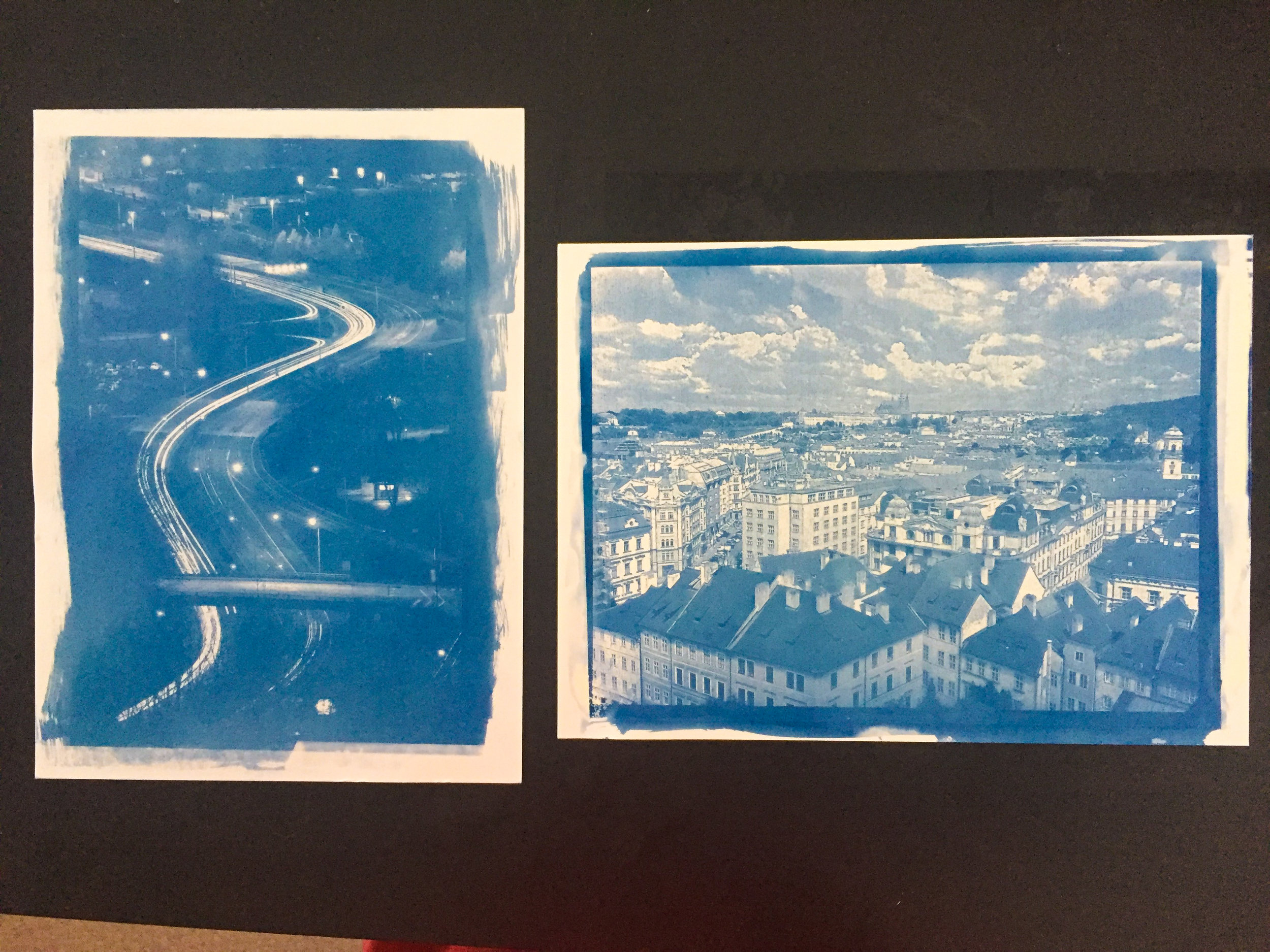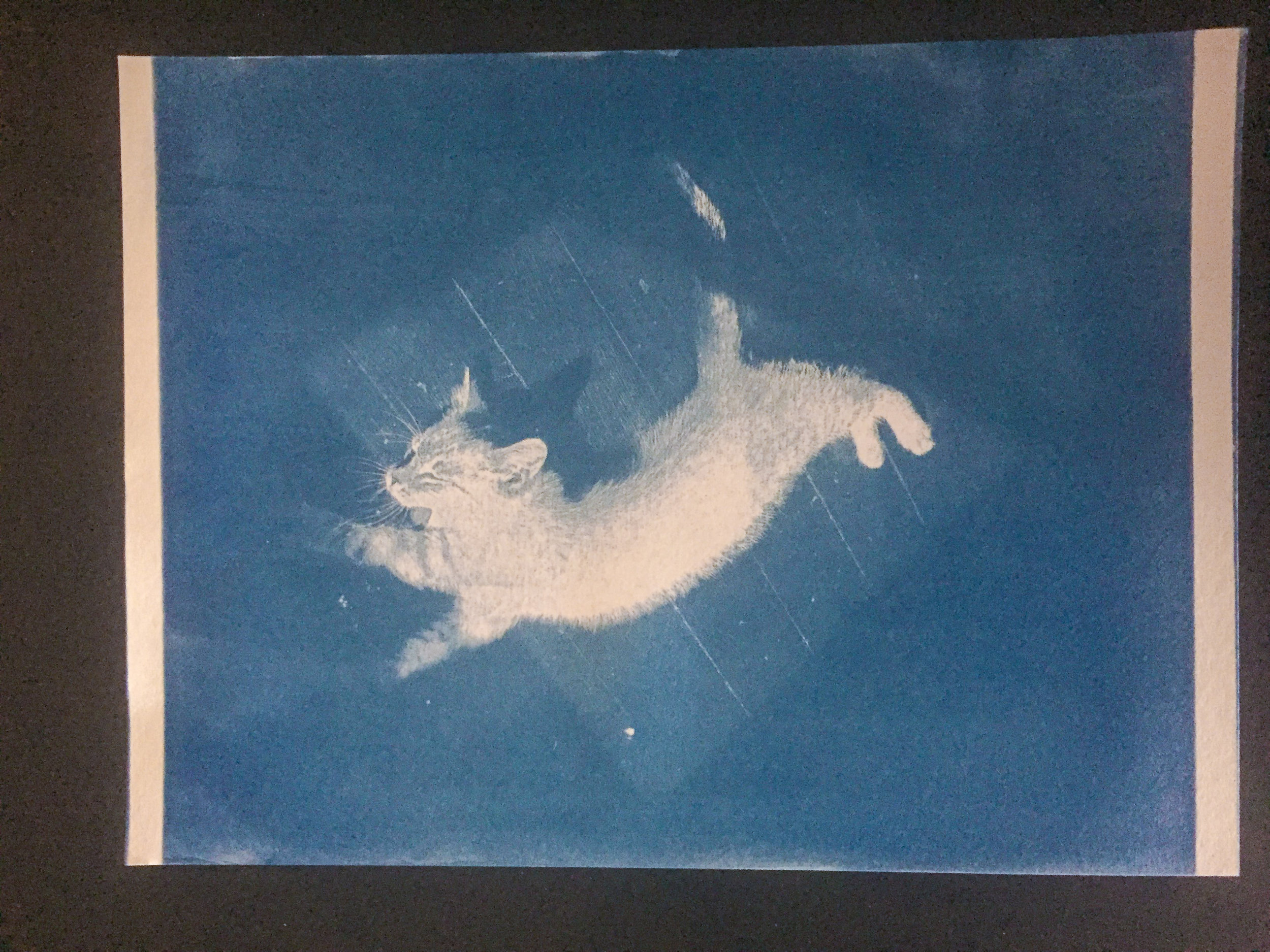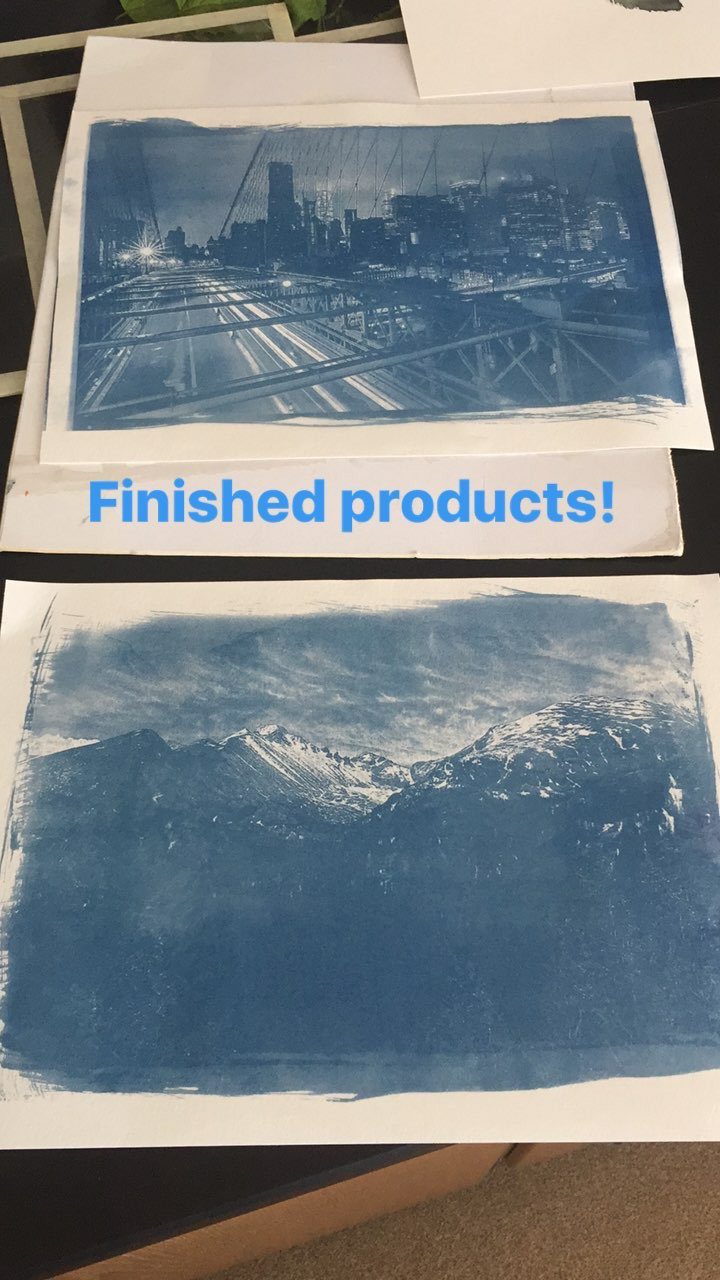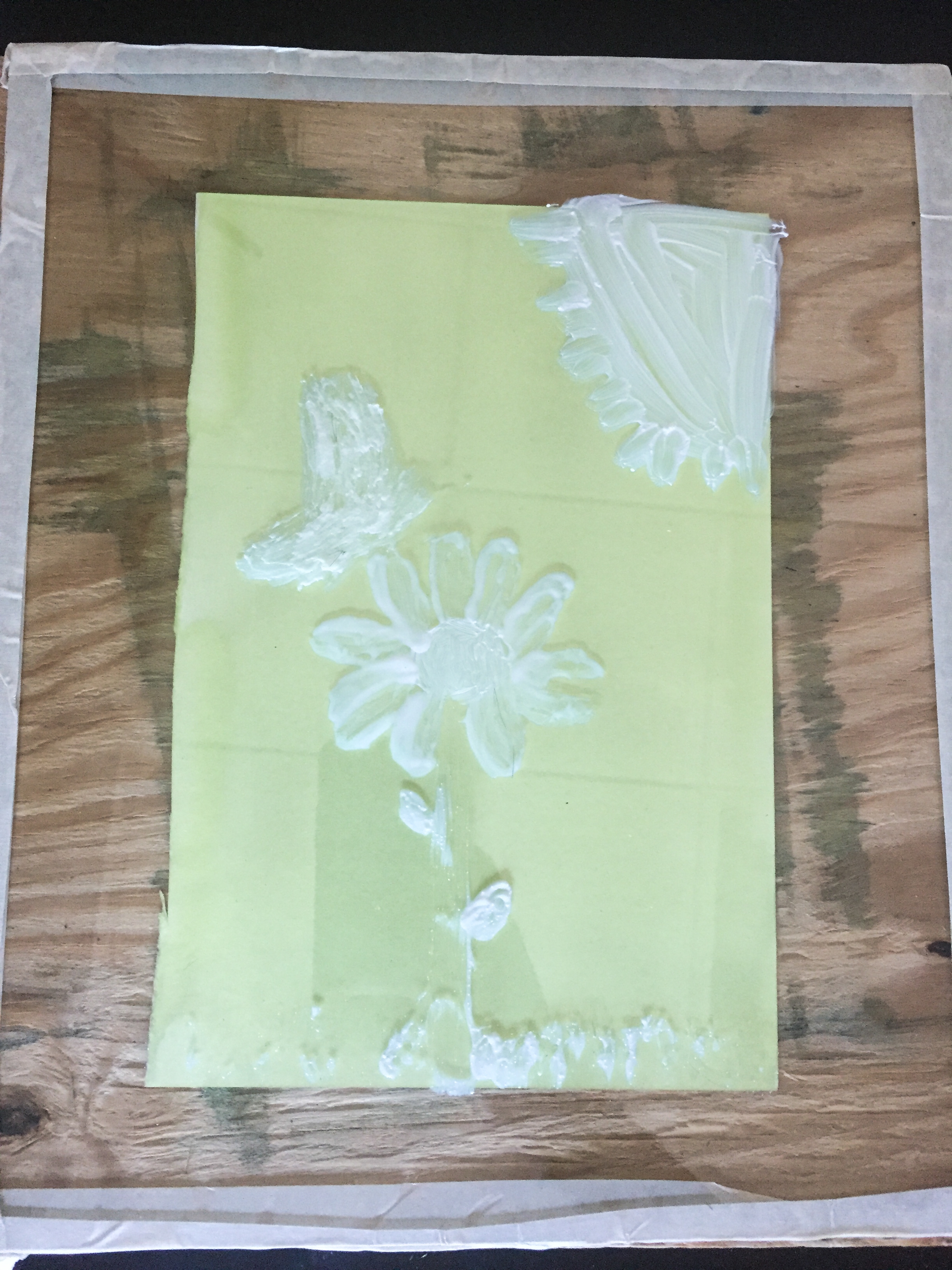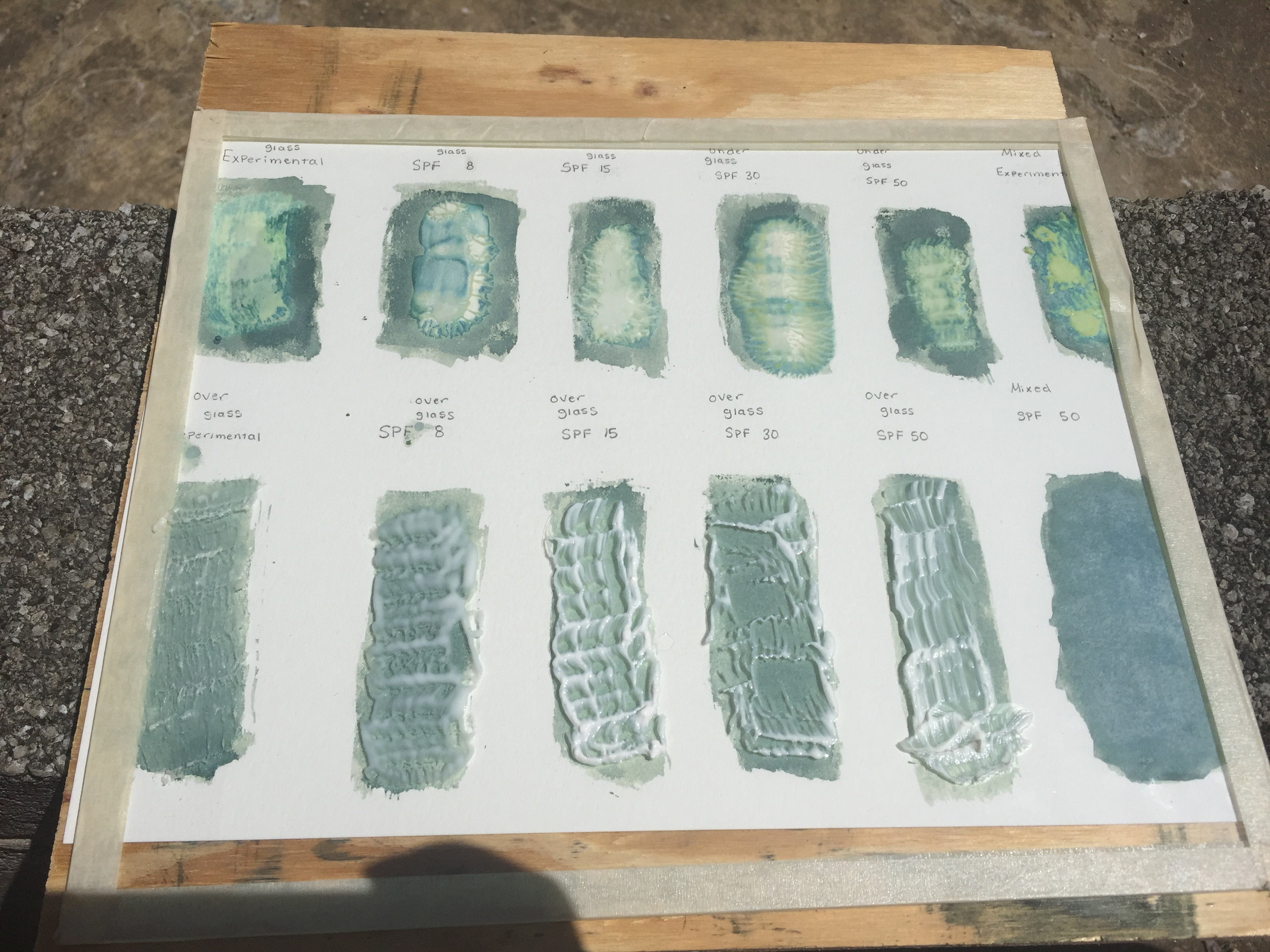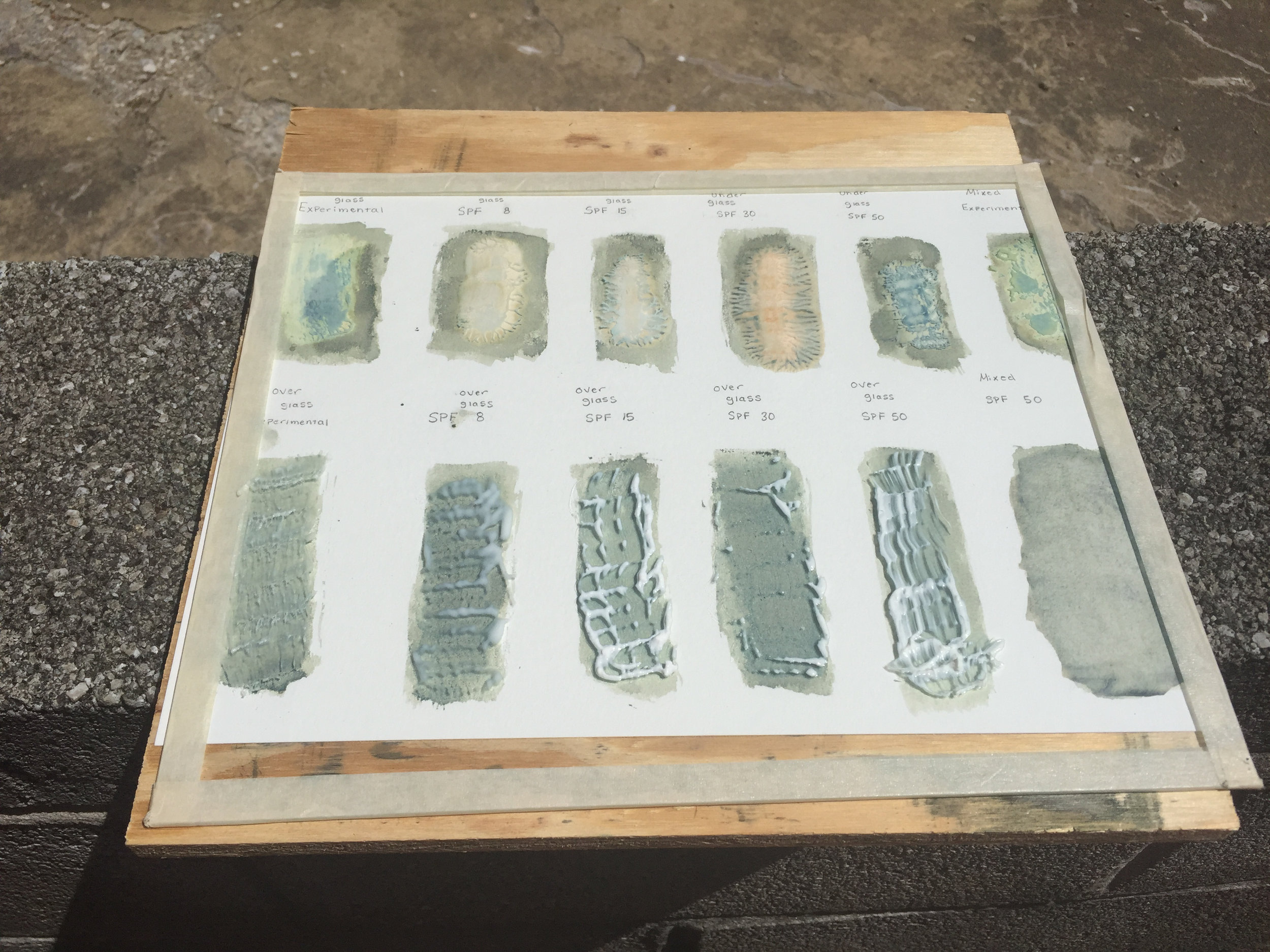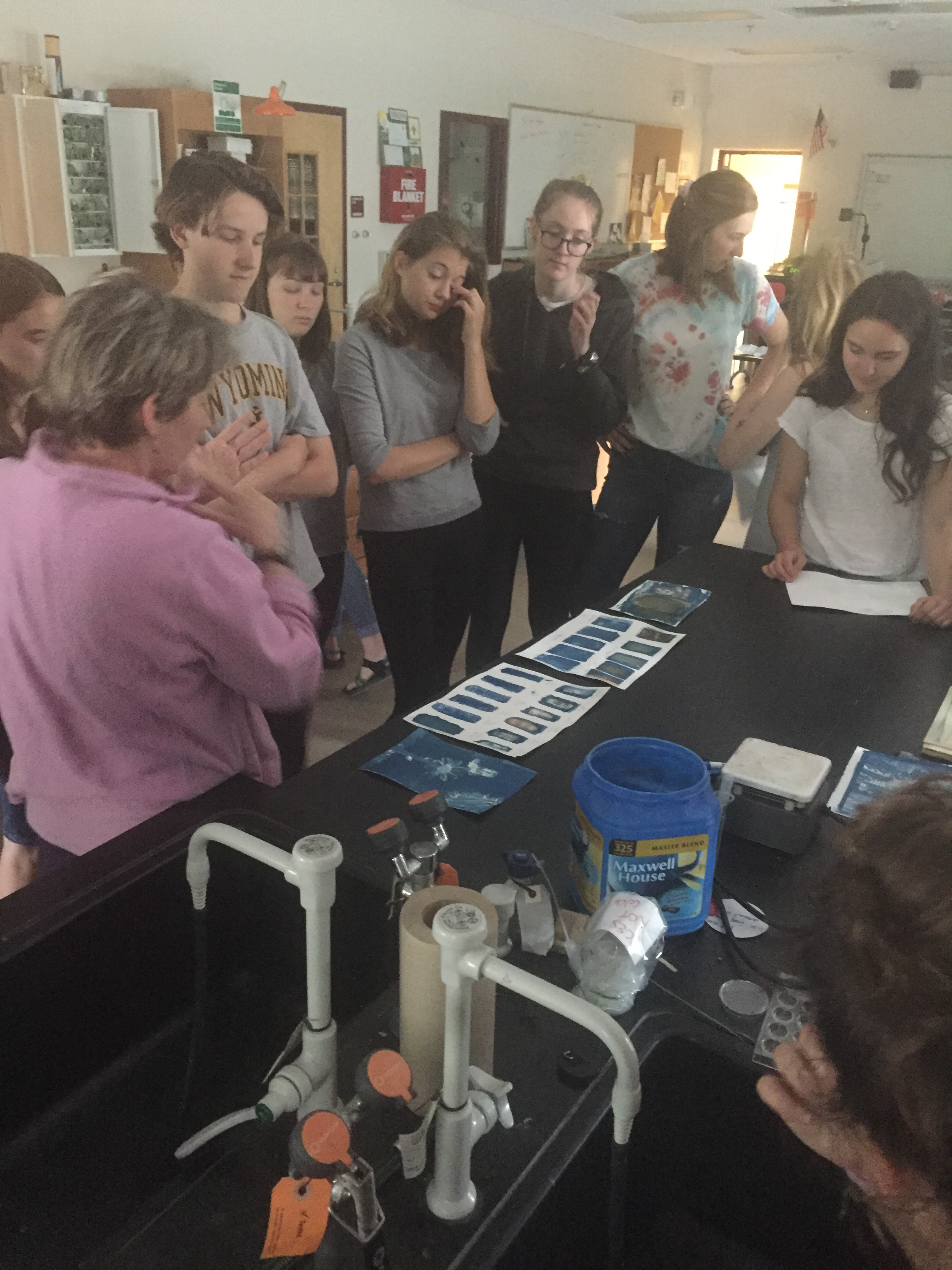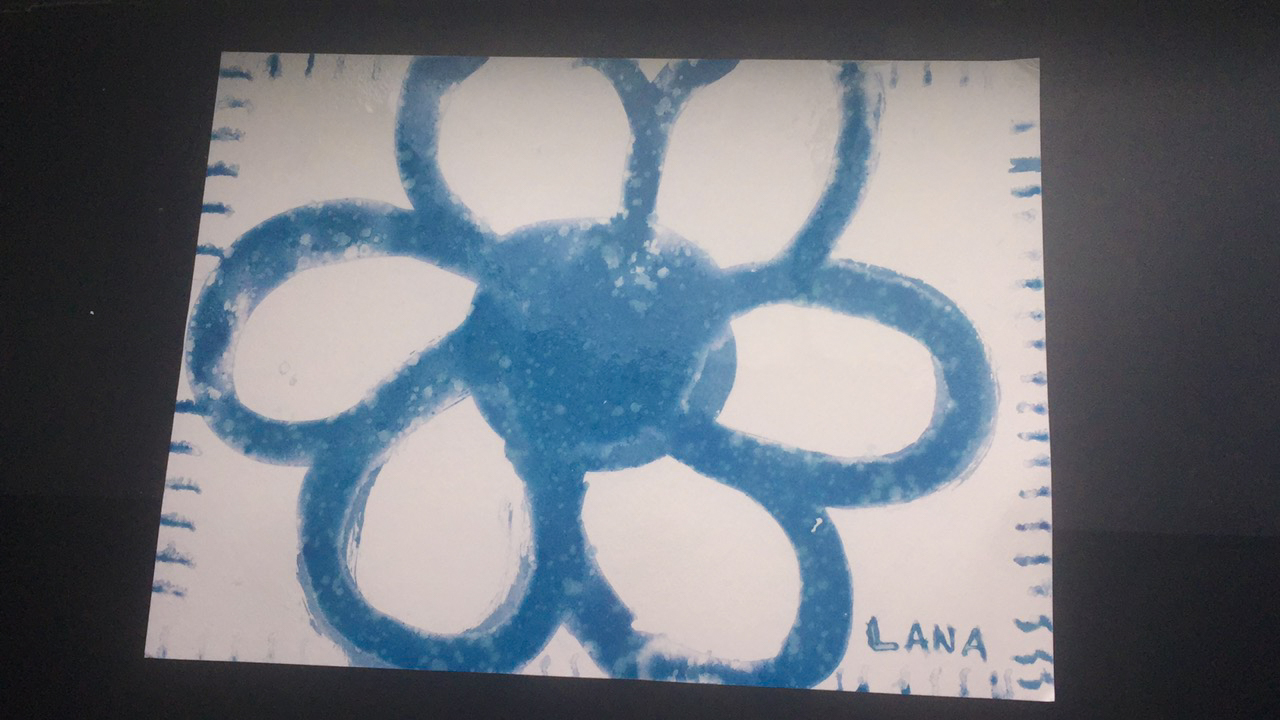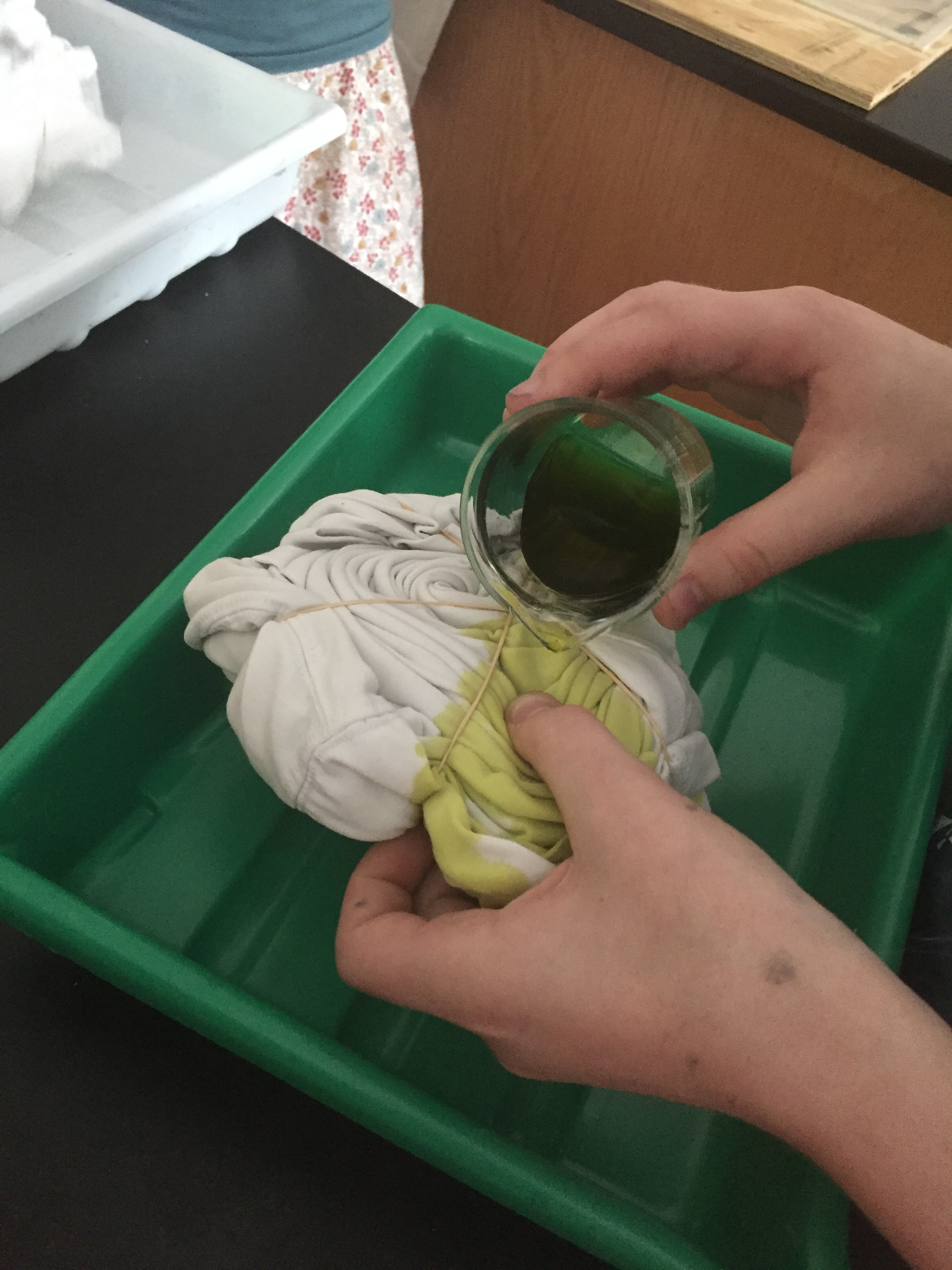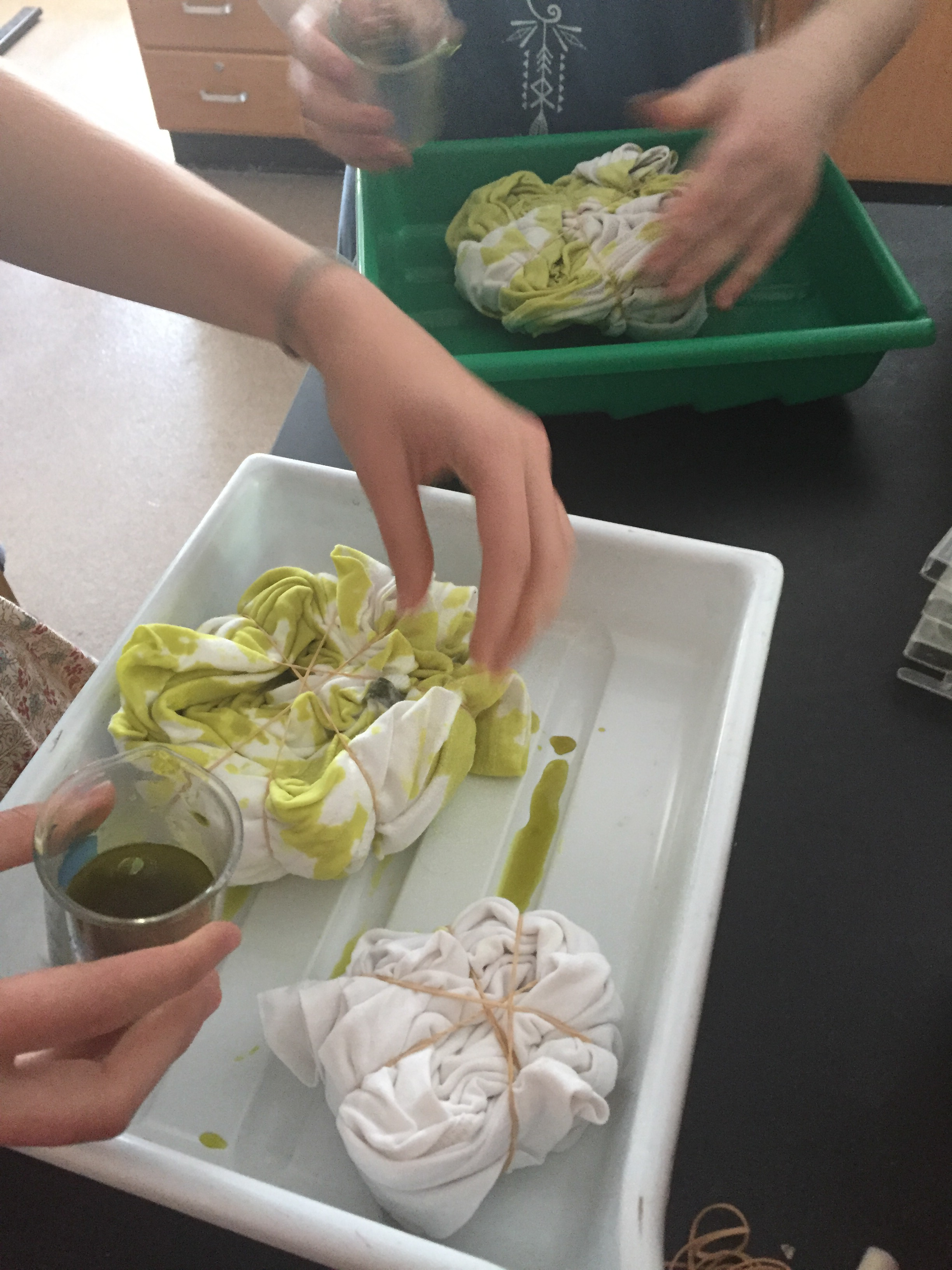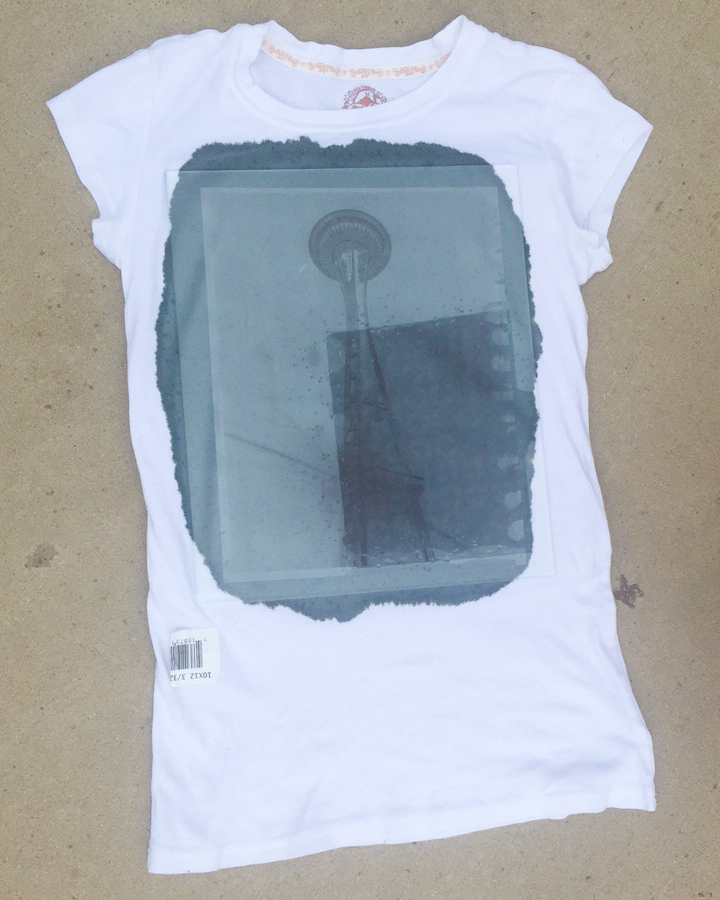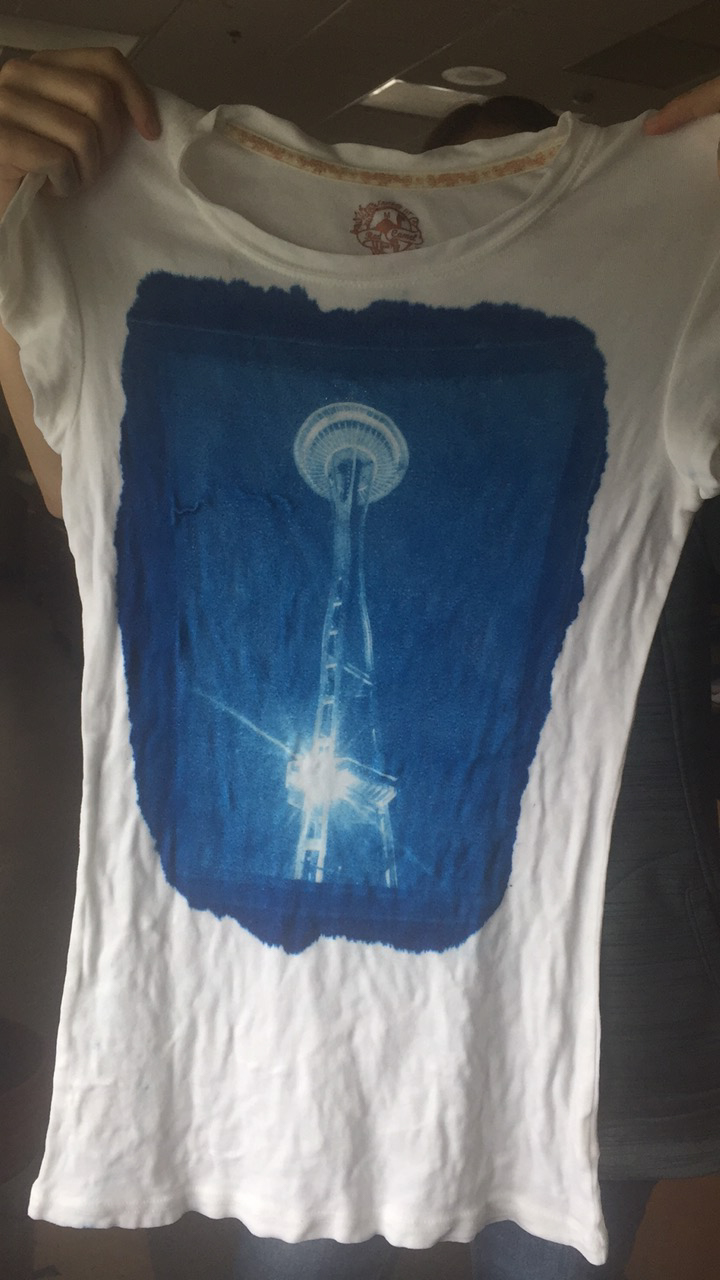Giving Back: TAPAS Grant for Asheville High School Chemistry Class
In case it isn't obvious, I love photography; both as a storytelling device and as a visually appealing medium. So whenever the opportunity arises to spread my love for photography to others, particularly young and impressionable students who have the capacity to not only fall head-over-heels for the art form but the time to fully incorporate it into their lives, I take said opportunity. Such was the case with the Teaching Artists Presenting in Asheville Schools (TAPAS) program, a grant which brings local artists into the classroom to illustrate difficult concepts in a more comprehensible (and fun!) manner. I found out about this enriching program while doing some work for the Asheville City Schools Foundation last summer and immediately applied with the idea that I could teach my usual alternative processes to classes covering anything from storytelling to chemistry. As it happened - and in an ironic twist given my past dislike of the subject - I ended up working with an advanced chemistry class. Fortunately, this turned out to be an enjoyable experience for all of us.
Perhaps the most fascinating part of this four day residency for me was getting to see how scientifically-minded people approach an artistic media, particularly in problem solving how to make more technically- and visually-interesting images. For instance, when we tested the efficacy of various sunscreens in blocking the UV rays, where I would have haphazardly placed the different sunscreens in some sort of visually appealing manner caring more about creating a pretty image, many of the experiment-focused students created a more rigid grid to compare each reaction.
The other interesting part of this residency was having to actually relearn the many chemical reactions that take place throughout the photographic process so that I could effectively teach them to the students. We picked cyanotypes not only because the prints are gorgeous, but because there are more than a handful of reactions that we could easily examine: the initial mixing of the solutions, the differing reactions of the chemical when painted on various surfaces, the actual process of developing prints in the sun, the washing off the chemicals under water and the final drying and oxidation process. To quickly give a clearer picture, a cyanotype is a blue photographic process wherein ferric ammonium citrate and potassium ferricyanide solutions are mixed, painted onto a surface and then developed under UV light. The chemicals react to the sunlight in varying degrees based on the density of darks on the film transparency and the areas which reacted to the sun (were under less dense film) turn blue when run under water due to oxidation.
Below is a quick run-down of our daily activities. The most exciting part of the whole thing for me is that Mrs. Thomas plans to continue teaching this project to her students each year, showing scientists the importance of art one class period at a time!
Day One: Photograms
The first day was a simple introduction to the process; little scientific explanation, rather we just ran through the steps of the process so that they had a general idea of what we were doing before going more in-depth. For this assignment, we simply made silhouette prints (or photograms) using flowers and leaves from Mrs. Thomas's garden.
Day Two: Film Prints
This was definitely my favorite day as cyanotype film prints look exceptionally crisp when done correctly. For this assignment I had the students send me high contrast photos that they had taken (to add some interest), printed them onto film transparencies and then we sat out in the sunshine watching at the images exposed. It was fun watching the students' eyes light up as they watched their prints change from the initial yellow to a deep green as they exposed and even more fun the watch their reactions when their water-rinsed images became crystal clear photos.
Day 3: Sunscreen Experiments
This is something I would never have thought of, but as the students had made their own sunscreens earlier in the year, we thought it could be interesting to compare them to varying SPF levels of other name brands to see which ones blocked the light best as well as whether they were more effective over top of the glass or placed directly over the chemical. While I wasn't surprised that they were more effective directly on the chemical (the ones over top of the glass acted as any other opaque substance would) none of us could explain offhand the new reactions that took place when the chemical and sunscreen mixed.
Funny enough, one of the groups also opted to paint a picture with the sunscreen, of which I totally approved.
Day 4: T-Shirts
For our last day we wanted to do something fun but still experimental so we departed from paper surfaces and instead worked with fabric! We had to work around a particularly overcast day (at the same time learning to estimate exposure times based on the degree of chemical darkening) but otherwise had a very pleasant afternoon tie-dying with chemicals to create some wearable art.
Overall, this was an enjoyable and enlightening experience for me. I would love to do another residency in the future, perhaps focusing even more on the science aspect and incorporating one more unique assignment so that it doesn't become repetitive. After my residency, I'm more fired up than ever to bring the importance of art education to the masses!
